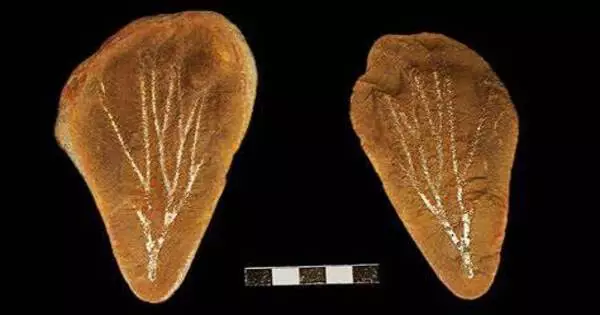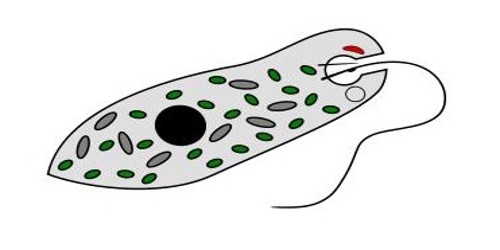Paleobotany is the branch of paleontology that studies plant fossils. It is the branch of botany concerned with the recovery and identification of plant remains from geological contexts, as well as their application to the biological reconstruction of past environments (paleogeography) and the evolutionary history of plants, which has implications for the evolution of life in general. It is concerned with the study of ancient plant life and its evolution over geological time.
Paleobotanists study plant fossils found in sedimentary rocks such as coal, shale, and limestone in order to reconstruct the history of plant evolution, biodiversity, and environmental changes. Paleobotany is the study of fossilized terrestrial plants as well as prehistoric marine photoautotrophs such as photosynthetic algae, seaweeds, and kelp. Palynology, the study of fossilized and extant spores and pollen, is a closely related field.
Key aspects of paleobotany include:
- Fossilized Plant Remains: Paleobotanists study plant fossils like leaves, stems, roots, seeds, and pollen. These fossils shed light on the morphology, anatomy, and reproductive structures of ancient plants.
- Stratigraphy: Stratigraphy (the study of rock layering) assists paleobotanists in determining the age of plant fossils and understanding the temporal distribution of plant species throughout Earth’s history.
- Paleoecology: Paleobotanists can learn about past ecosystems, climate conditions, and interactions between plants and other organisms by examining the types of plants found in fossil assemblages.
- Plant Evolution: Plant fossils offer insights into the evolution of different plant groups, including the development of new structures, adaptations to changing environments, and the emergence of new species.
- Climate Reconstruction: Certain plant fossils, such as those of specific tree rings or plant types, can be used to infer past climate conditions. This information contributes to our understanding of past climates and how they may have influenced plant evolution.
Importance
Paleobotany is important in the reconstruction of ancient ecological systems and climate, which are known as paleoecology and paleoclimatology, respectively. It is central to the study of green plant development and evolution. Paleobotany, like paleontology, is a historical science. Paleobotany has become important to the field of archaeology as a whole due to the understanding it provides archeologists. Primarily for the use of phytoliths in relative dating and paleoethnobotany.
Paleobotany is critical for reconstructing Earth’s history and understanding the evolution of terrestrial ecosystems. It advances our understanding of plant evolution, biodiversity, and the interaction of plants and the environment over geological time.
















